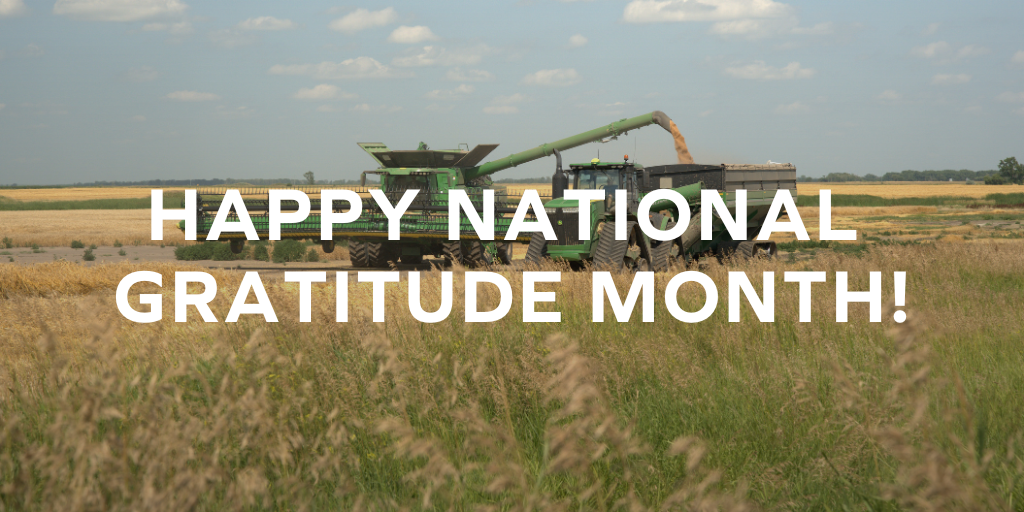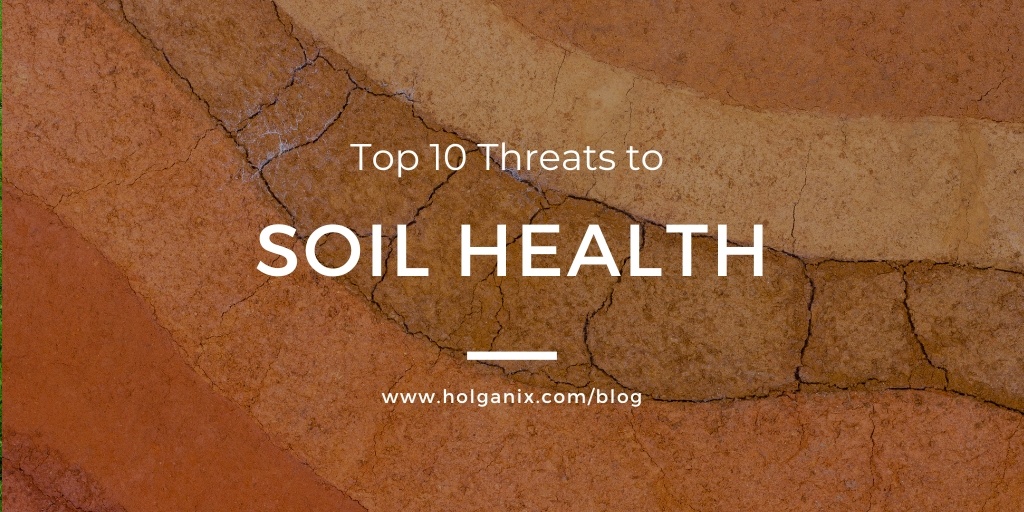.png?width=650&name=Copy%20of%20WWW.hOLGANIX.COM%20(3).png)
On June 8, Taylor Petsinger of Arvilla, North Dakota surveyed 160 acres of young, healthy soybeans. He had planted them on May 12, just under a month ago and had been looking forward to a calm, successful season. Little did he know that Mother Nature had another plan. In just 48 short hours she dumped an inch of rain accompanied by crop-destroying hail. His once-promising soybean crop was gone.
Would most guys quit, and file an insurance claim.. maybe, but not Taylor. Five days later, he replanted his beans. “During a normal season we usually see a 45-bushel per acre average,” explains Taylor. “But because of the late planting, we expected a 15-bushel loss.”
Shortly after planting, Taylor applied Holganix Bio 800+ Agriculture to give the crop an extra push to develop roots. “We applied the product at 0.5 gallons per acre rate on June 20th, just before emergence,” explains Taylor. “Pretty quickly we started noticing a difference in the rooting between our Holganix crop and the control.”
In fact, just before flowering, Taylor decided to check on the root development. Since he didn't have a shovel handy, he pulled the crops like weeds. The Holganix Bio 800+ Agriculture-treated roots were stronger, with more development compared to the control.
See the root comparison photo below; the left crop was treated with Holganix Bio 800+ Agriculture and the right acted as the control.

Taylor went back to check on them just after flowering. The Holganix Bio 800+ Agriculture-treated tap root broke the hardpan and went eight inches deep in the soil. On the other hand, the control’s tap root curled and stayed level with the depth of the seed, about two inches deep. In the event of a drought, roots as shallow as the control would not last long.

Even though Taylor knew that planting soybeans this late increased the likelihood that snow would fly before harvest, he rolled the dice. But yet again Mother Nature threw Taylor a curveball. This time, she dumped 11 inches of snow on the field just before harvest. According to his agronomist, the snow accounted for an 8-to-12-bushel per acre loss.
Despite it all, Taylor reported seeing a 33 bushel per acre average - well ahead of his forecasted loss, with beans weighing 57 pounds per bushel and a moisture of 12%.
Why did Taylor see a better-than-expected yield? According to Taylor, he attributes the yield to Holganix Bio 800+ Agriculture.
How does Holganix Bio 800+ Agriculture Protect Your Yield?
There are two key benefits to using Holganix Bio 800+ Agriculture during a short planting season.
- Holganix Bio 800+ Agriculture develops a deep, extensive root system, quickly. The faster you develop an extensive root system, the faster your crop can catch up to the development it usually sees under normal conditions.
- Holganix Bio 800+ Agriculture replenishes soils with microbes during wet conditions. When soil microbe populations are depleted, nutrient cycling declines and pathogens can become more problematic. Holganix Bio 800+ Agriculture contains over 800 species of beneficial soil microbes and when applied to the soil, replenishes critical microbe populations.
Check out our infographic below-showing comparison photos of farmers dealing with short growing seasons and quick establishment.
-1.png?width=630&name=Petsinger%202%20(1)-1.png)
Dig into the data: University and commercial grower trials
Over the years we have compiled data on several different crops, in different geographic zones, to deepen our understanding of how Holganix Bio 800+ Agriculture can help farmers maximize crops. Click on the button below to access a sample from our 2017 - 2021 collection.

 |
September 8, 2022
|
2:00 PM
|
September 8, 2022
|
2:00 PM
-2.jpg)
.jpg)

.jpg)
-1.jpg)
-1.jpg)
-2.jpg)
.jpg)

.jpg)
-1.jpg)
-1.jpg)



.png?width=650&name=Copy%20of%20WWW.hOLGANIX.COM%20(3).png)


-1.png?width=630&name=Petsinger%202%20(1)-1.png)

.webp)
-1%20(1).webp)
-831535-2.webp)



.jpg)
.jpg)
